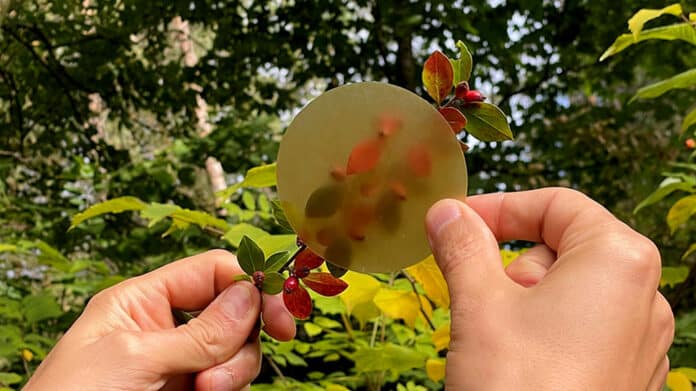Researchers at the KTH Royal Institute of Technology in Stockholm have developed a new bioplastic from wood that can be a viable alternative to the plastic used in furniture and building materials.
Unlike thermoplastic, the new kind of wood-based degradable plastic with semi-structural strength can be broken down without harm to the environment. Because of their high fiber content and degradable, these new materials could be a game changer for a future circular material economy.
Renewable wood composite development makes materials strong enough to replace fossil-based materials used in home construction and furnishings, such as bathroom cabinets, doors, wallboards, and countertops. And it needs to be sustainable or circular.
“Degradability enables circularity,” says Peter Olsén, a researcher at KTH Royal Institute of Technology in Stockholm. “By degrading the plastic, the fibers can be recycled and the chemical components from the plastic reused.”
The strength of materials like fiberglass is achieved by high fiber content, but it’s difficult to deliver a degradable wood composite without intensive heat damage from processes like melt-compounding.
In their new research, Olsén and fellow researchers at KTH report that they’ve found a way to deliver both high fiber content and degradability. To achieve higher fiber content, the researchers combined polymer chemistry with process technology similar to that used for carbon fiber composites.
The team says everything is based on cheap and available raw materials. The degradation products are also harmless to the environment and can be reused – enabling what Olsén calls “a fully-circular product concept.” And it could actually save trees. “It invites recycling of wood fibers to enable reformation of the material,” he says.
However, Olsén says the formula needs to be optimized in order to move on to commercialization.
“The key to the work is that it shows a new way of how we can create degradable biocomposites with high fiber content,” Olsén says. “No one has been able to make a degradable plastic with fiber content this high before while having good dispersion and low fiber damage. This enabled the material properties to be improved dramatically compared to previous attempts.”
Journal reference:
- Erfan Oliaei, Peter Olsén, Tom Lindström, Lars A. Berglund. Highly reinforced and degradable lignocellulose biocomposites by polymerization of new polyester oligomers. Nature Communications, 2022; DOI: 10.1038/s41467-022-33283-z
